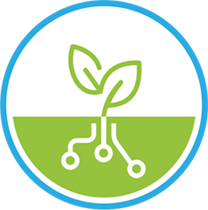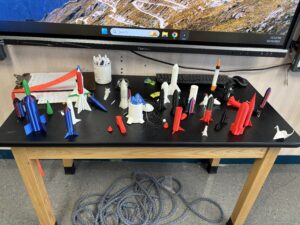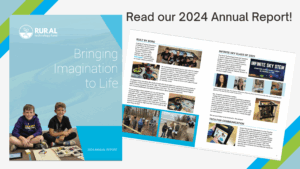Amanda Voth, a middle school teacher in Baldwin City, KS, was eager to take her robotics class to the next level. Though her middle schoolers had learned how to program robots, she wanted them to experience the entire process, starting with building them.
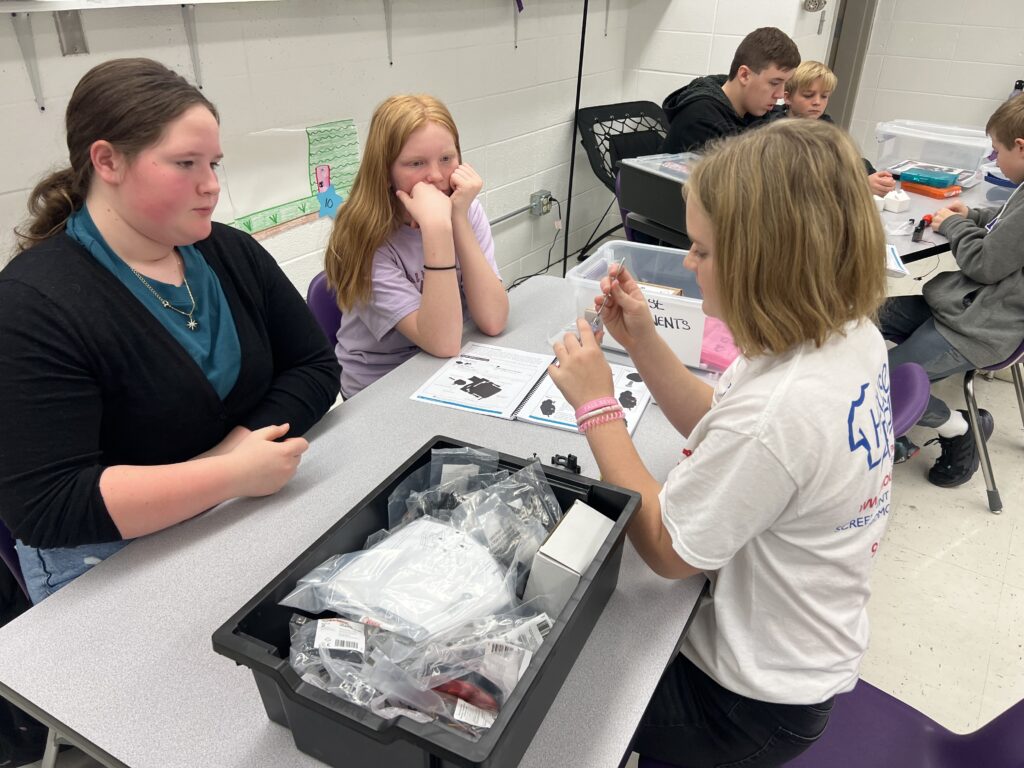
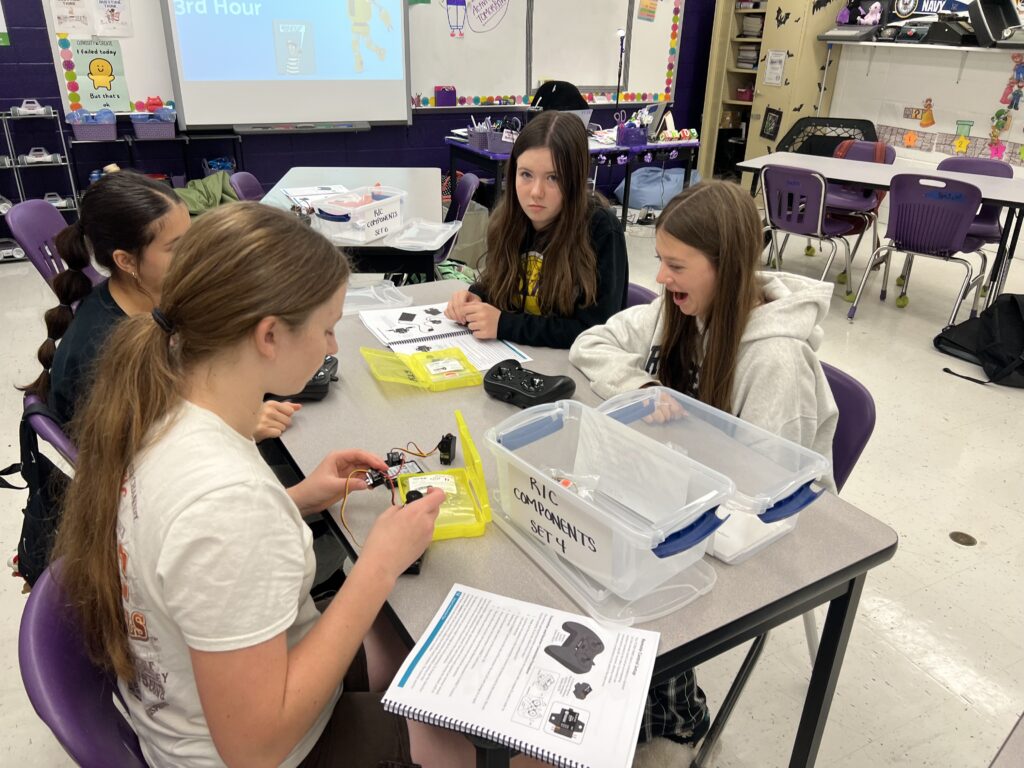
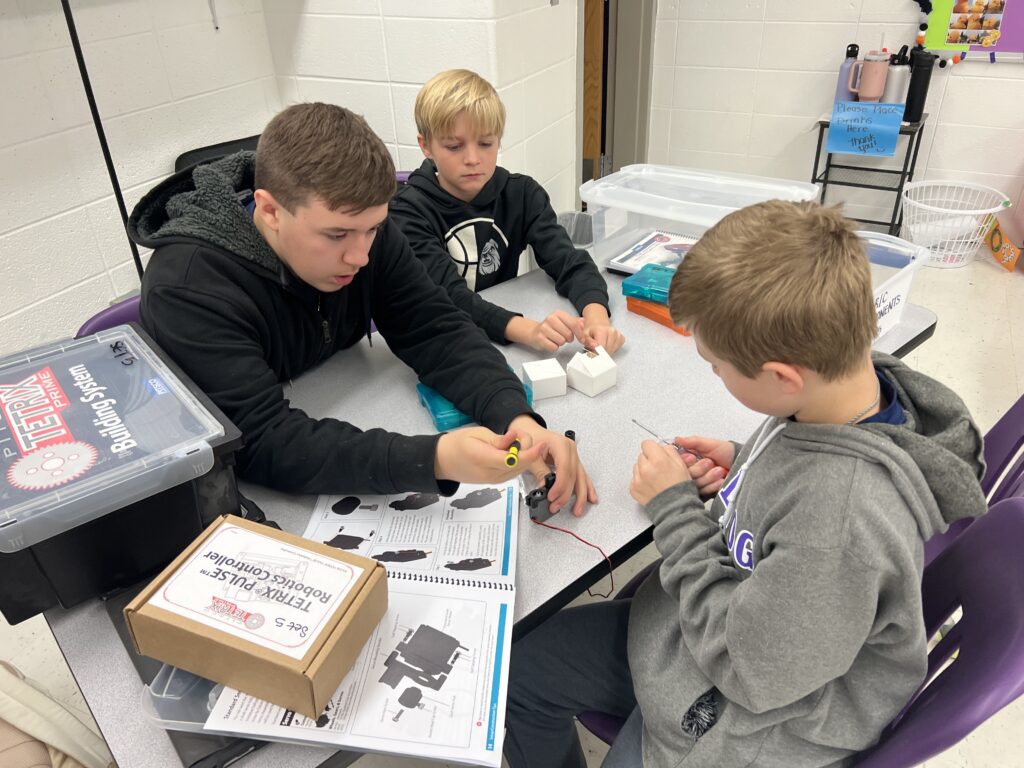
“Students are now able to have hands-on experience building robots and learning what it means to be a robotics engineer.” – Amanda
With her RTF grant, Amanda purchased TETRIX Robots for her students to build and program. Although Amanda didn’t have experience building robots, she found that the first build was a lesson in patience, with her students serving as the experts. She wrote, “Several of my students have experience with building and mechanics and were amazing assets to our initial build.” Working together, the students made progress. One student reflected, “Putting the controllers together was pretty difficult. But since everybody was working together, it was a little easier.”
A student shared this about the experience:
“In our 7th/8th grade robotics class, we separated into groups and built the wheelie-bot. We went step by step through the book and learned how to assemble everything, and figured out little tips along the way. My group has two other people in it who are very supportive and we all collaborated to make our robot. Some things were hard, mainly because we didn’t know which servos to connect to which wheels (oops). Ms. Voth, our teacher, has helped us along the way and has ensured our boxes stay nice and organized. I like how the Tetrix book is detailed and easy to follow, especially how it tells you all of the parts you need before you build it. I know that Tetrix has made me a better engineer, and I’ve learned a lot about building robots.”
Amanda’s next project involves helping students figure out how robots can be used for social good. She wants to explore the question, “What problem could their build solve to help others?” Once students generate ideas, they can incorporate them into their robot builds.

When we asked Amanda if she had advice for teachers looking to integrate new technology into their classrooms, she emphasized the importance of tapping into student expertise. “With the student experts, we were all able to become better engineers as a community.” She also recommends exploring professional learning networks and social media for funding opportunities, even if it initially seems intimidating.
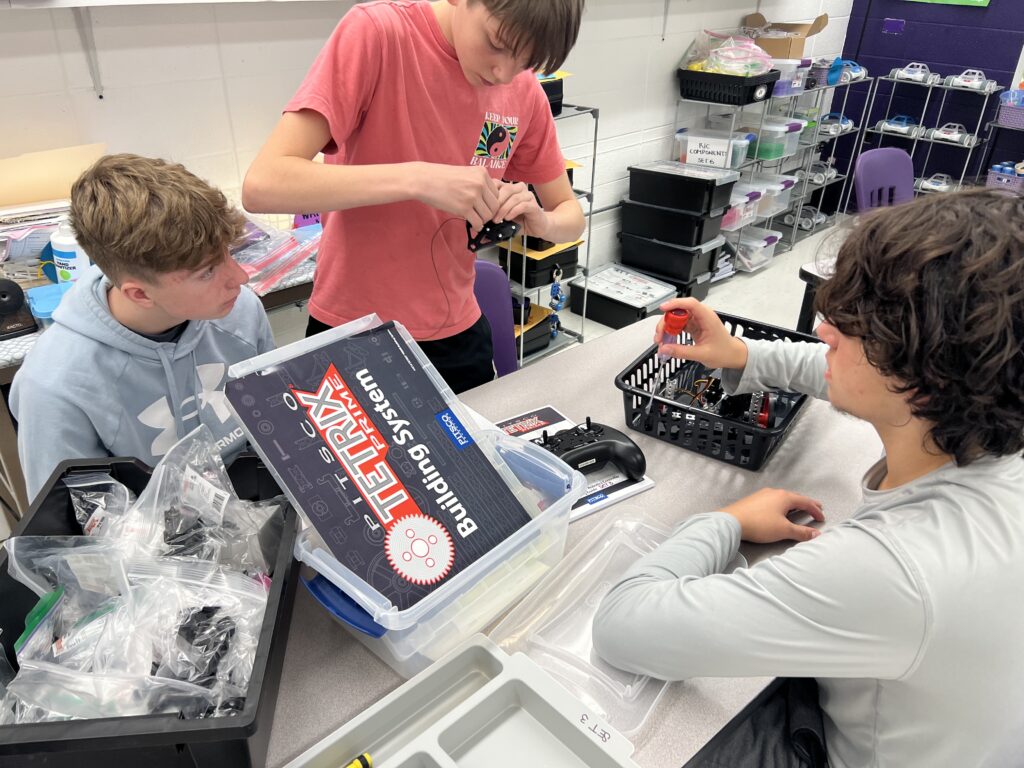
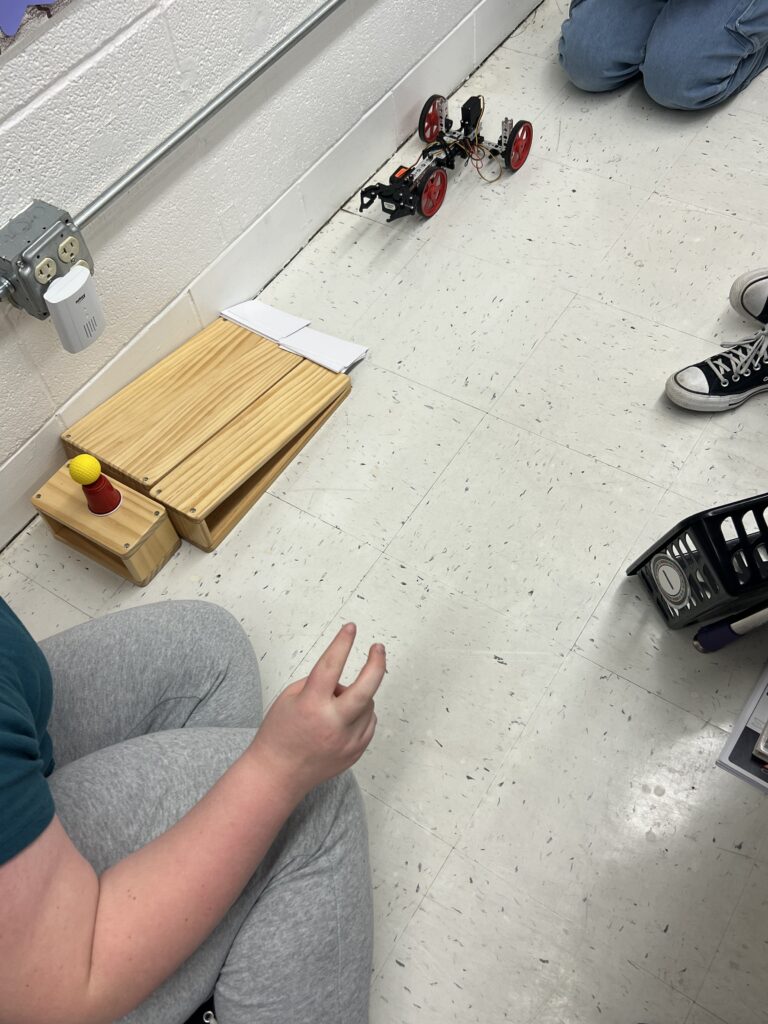
We are so thrilled to be involved with Amanda’s classroom, and cannot wait to see what students come up with for their social good projects!
